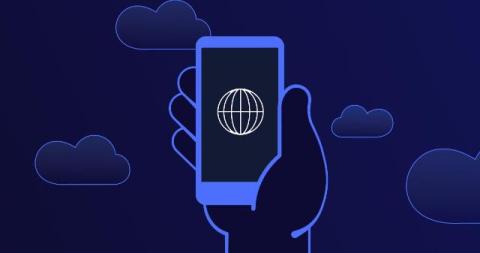How To Protect Your Home Computer
You can protect your home computer by securing your router, configuring your firewall, installing antivirus software, backing up your data regularly and using a password manager. If your entire family uses your home computer, protecting it is important for keeping your family’s data and identities safe from viruses, malware and hackers. Continue reading to learn why it’s important to protect your home computer and the eight best practices to protect it from cyber threats.











